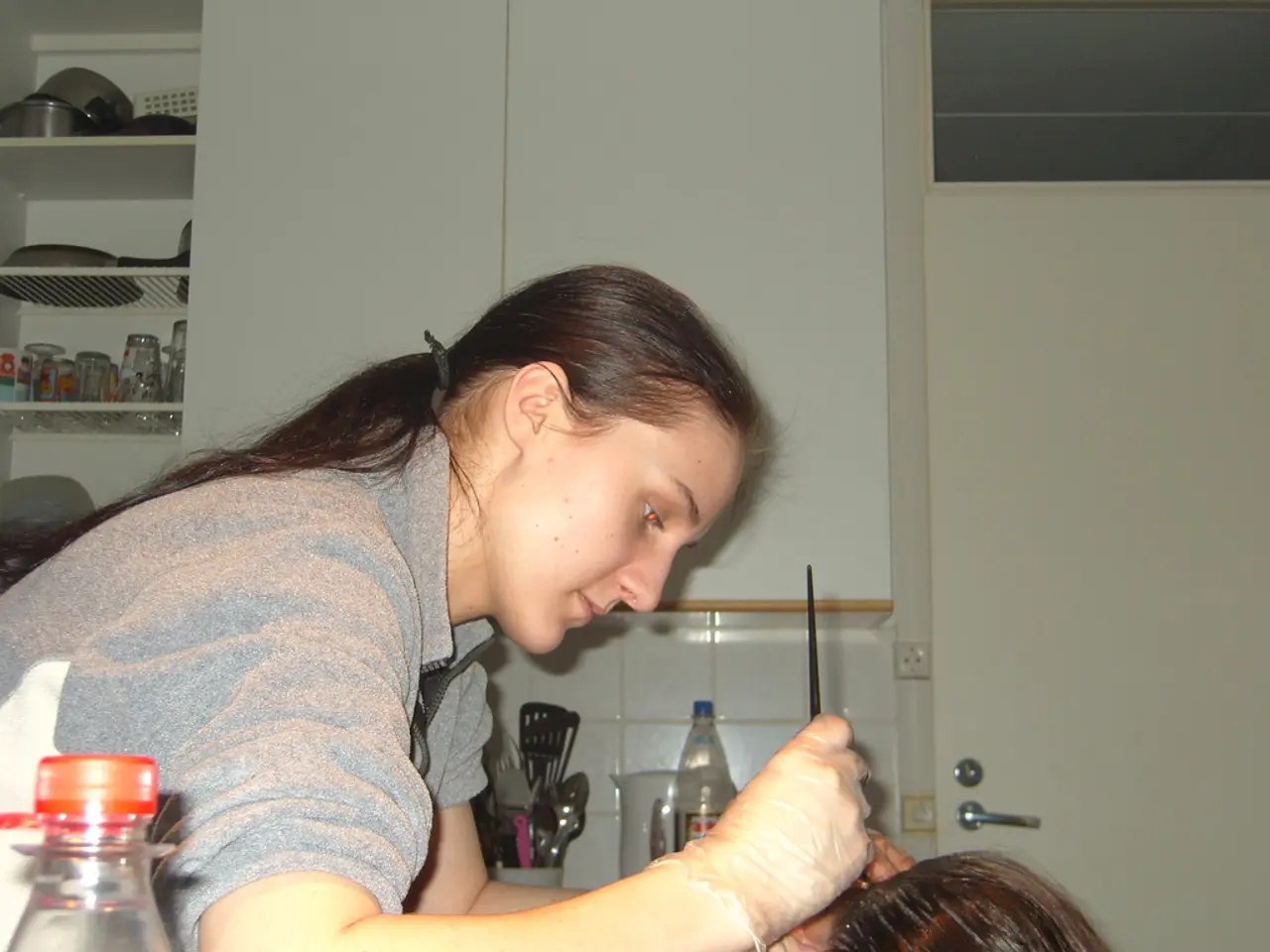Execution by Hanging
In the realm of forensic science, understanding the various methods of death is crucial for accurate investigations. One such method is hanging, a form of asphyxia that has been recorded throughout history.
Common Signs and Symptoms of Hanging
Hanging leaves behind distinct signs that can help differentiate it from other forms of asphyxia.
- Ligature Marks: These are often prominently visible and can provide insight into the type of ligature used. Ligature marks are usually seen encircling the neck in a somewhat oblique or horizontal path, varying depending on the angle and position of the body.1
- Petechial Hemorrhages: These appear as small red spots on the skin and are often found on the face, neck, and sometimes the eyes. They are caused by the rupture of small blood vessels due to increased venous pressure.1
- Facial Congestion and Cyanosis: The face may appear congested or blue due to the obstruction of blood flow, especially in the venous system.3
- Neck and Internal Injuries: Internal examination may reveal neck hemorrhages, carotid artery tears, and other soft tissue injuries around the neck.2
- Dribbling of Saliva: Often, there is a sign of dribbling of saliva, which can be observed during the process of hanging.3
- Respiratory and Cardiovascular Effects: Hanging can lead to respiratory failure due to airway obstruction and cardiac arrest from venous or arterial constriction.3
These signs and symptoms, along with the circumstances of the death, help forensic specialists differentiate hanging from other forms of asphyxial deaths, such as strangulation or suffocation.
Types of Hanging
Hanging can occur in two main types: Complete Hanging, where the body is completely suspended in air, with no part of it touching the ground, and Partial Hanging, where only the head and chest are off the ground, with other body parts contacting the ground.
In typical hanging, the ligature runs above the thyroid cartilage symmetrically and goes upward on both sides of the neck to the occipital region, with the knot behind the central region of the neck. However, in atypical hanging, the knot can be located anywhere other than the typical position.1
Investigative Procedures
During crime scene investigation, investigators should note the type of knot, body position, and distinguishing features. They should also look for a suicide note and other corroborating evidence. In the case of a deceased victim, investigators should photograph the victim and the crime scene before lowering the body by cutting the ligature without disturbing the neck knot or the knot at the point of anchor.1
The cause of death in judicial hanging is brainstem damage, and the most common site of fracture of the hyoid bone in hanging is at the junction of the inner two-thirds and outer third of the greater cornu.1
Understanding these aspects of hanging is essential for forensic specialists to accurately determine the cause of death and aid in criminal investigations.
- In forensic investigations, the presence of ligature marks, petechial hemorrhages, facial congestion and cyanosis, neck and internal injuries, dribbling of saliva, respiratory and cardiovascular effects, and a suspended body can indicate a hanging-related death.
- The science of forensics plays a significant role in understanding mental health implications, as these investigations often involve determining the cause of death due to neurological disorders or conditions that might have led to suicide or homicide.
- Health and wellness professionals may find it useful to study the symptoms and signs associated with hanging, as this knowledge can assist in exploring the potential link between mental health, suicide, and physical evidence found at a crime scene.




